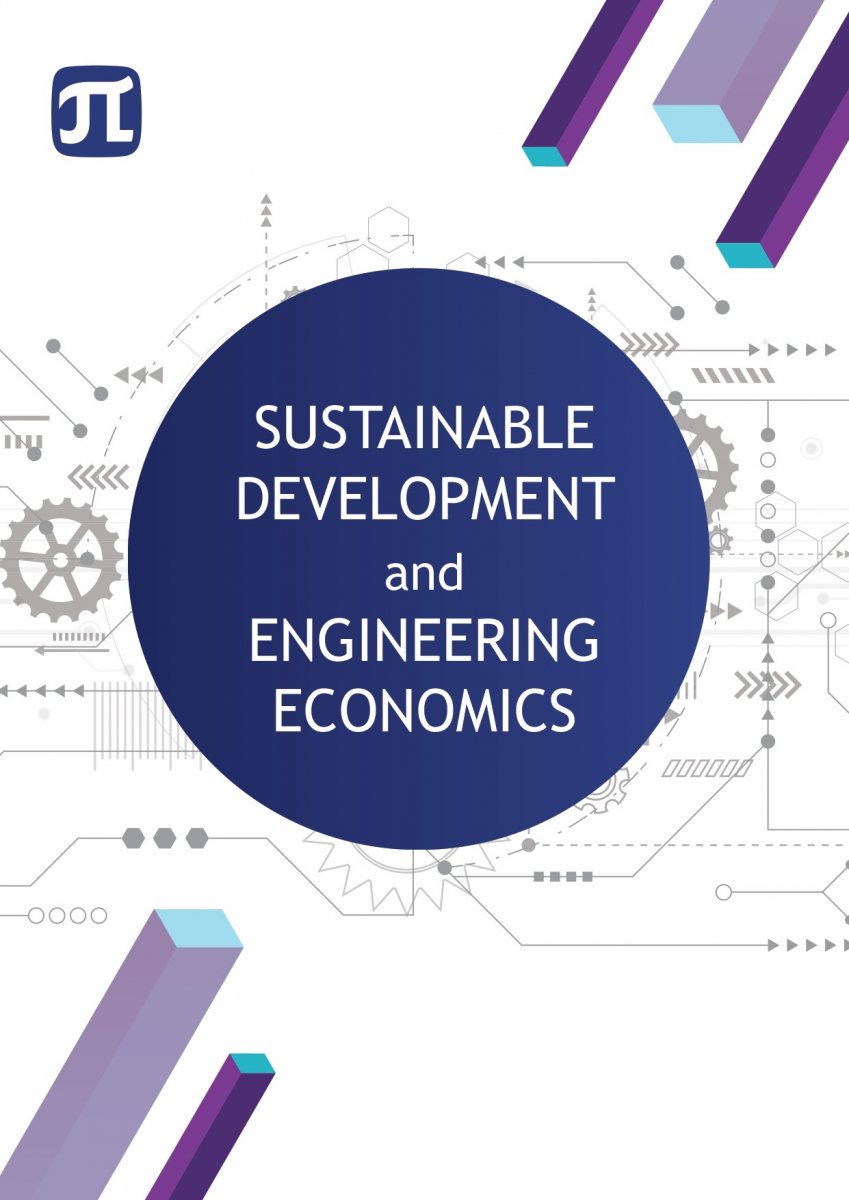Comparative study of solar and wind power plant tariff and investment costs
One of the main directions of sustainable energy is the development of renewable energy. Mongolia is rich in renewable energy resources and has a very favourable geographical location. Therefore, with the construction of solar and wind power plants, these power plants will be able to supply power to half-day and evening peak loads in any season of the year, and to reduce the amount of imported energy from Russia during peak hours. The Renewable Energy Law was enacted in 2007 and revised in 2015 and 2019, and it has successfully met its goal of developing the sector and attracting foreign investors. The law sets a cap on electricity sales in US dollars, which has had a significant impact on system-wide efficiency. Compared to 2007, the average USD exchange rate increased by 143.41%. The price of 1 kWh of electricity increased from 210.68 MNT to 512.82 MNT for solar power plants; for wind power plants, it increased from 111.19 MNT to 270.66 MNT. In other words, the price of renewable energy in our country fluctuates according to the dollar exchange rate, and the US dollar exchange rate has increased by an average of 7% per year over the past 15 years. Therefore, this paper examines how the US dollar tariff in the Renewable Energy Law affects feed-in tariffs.


